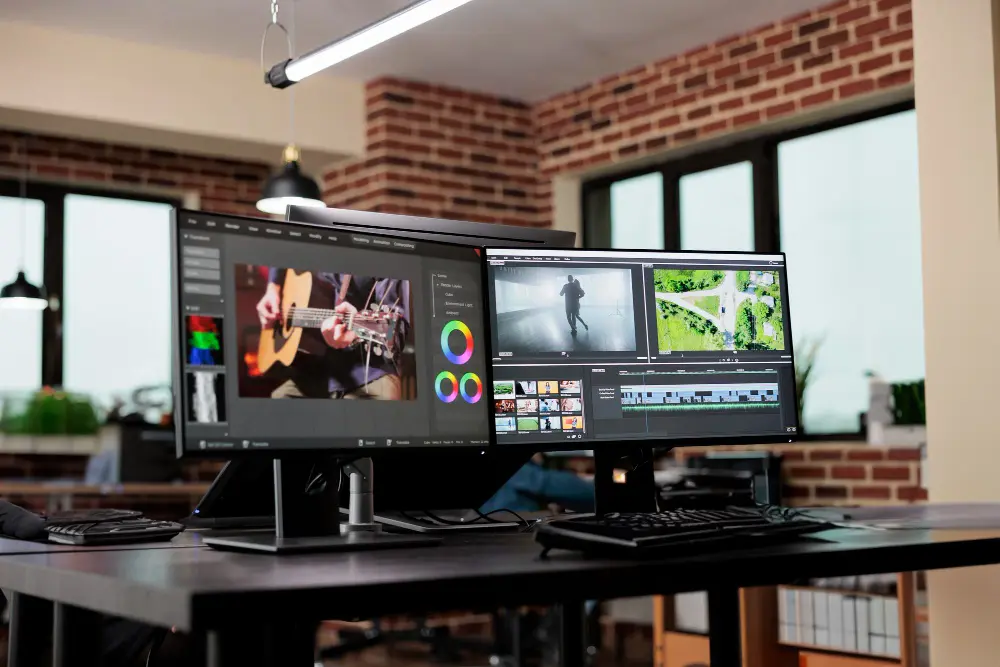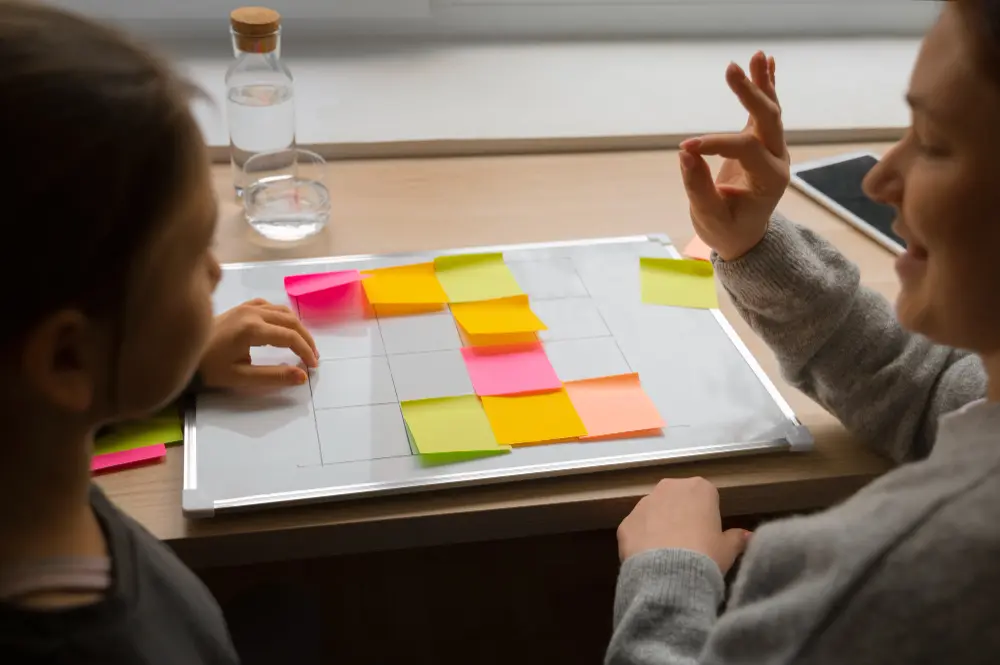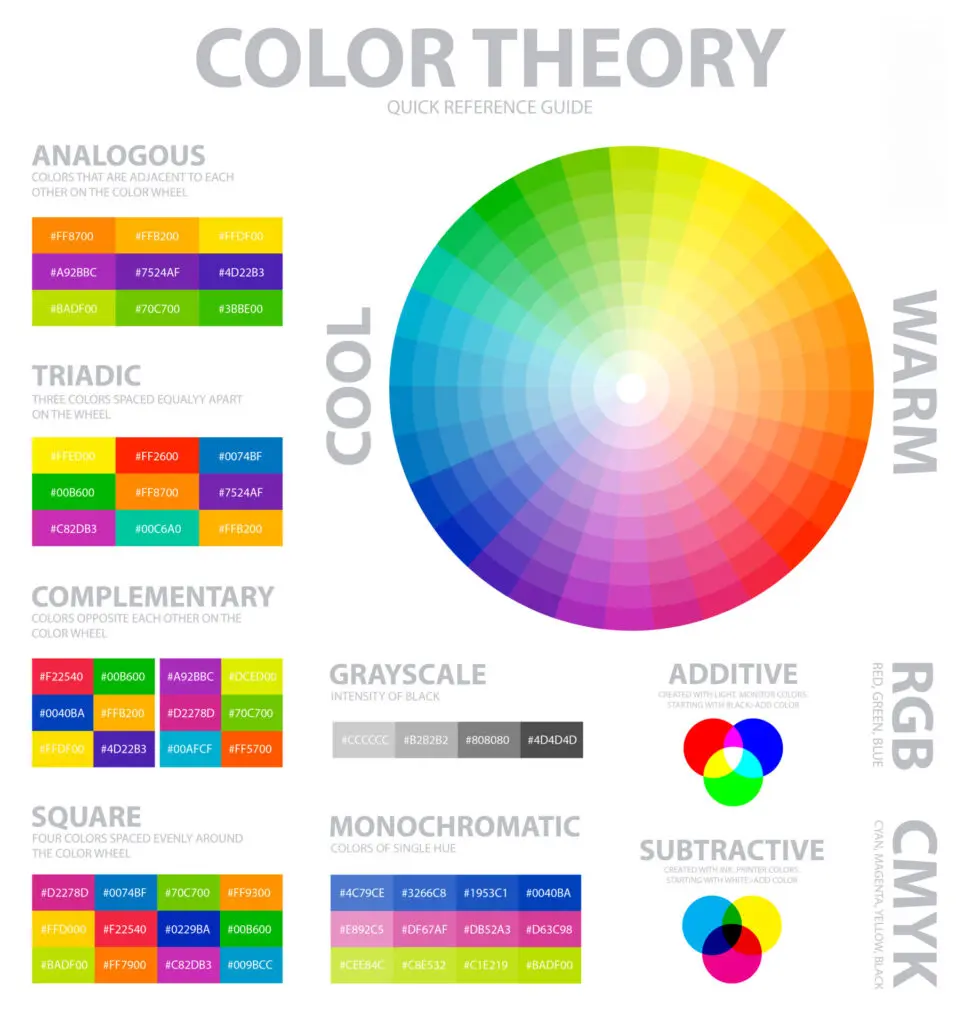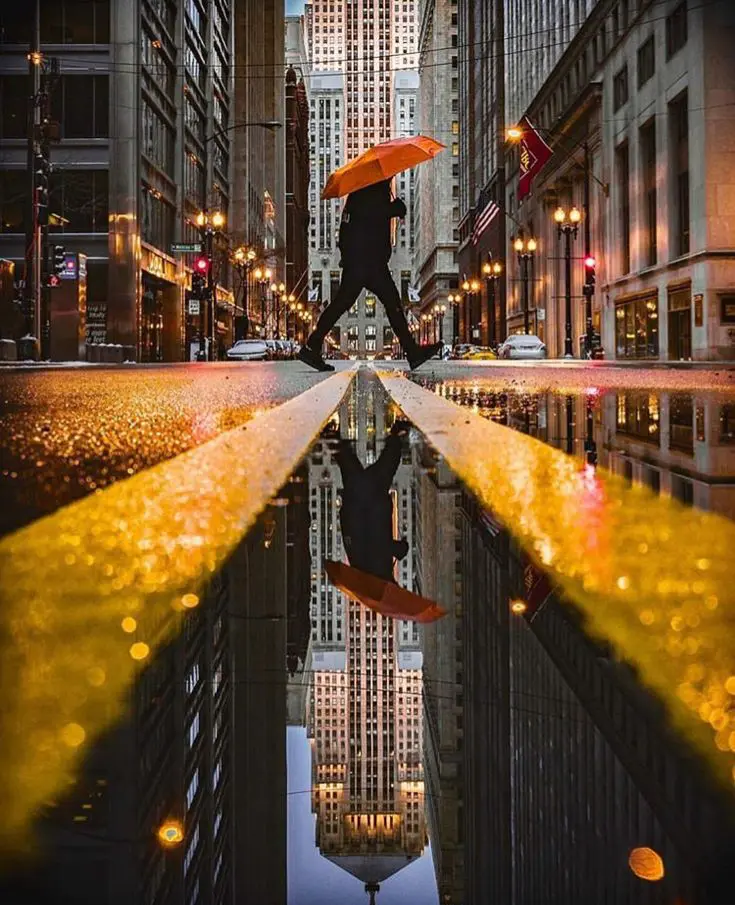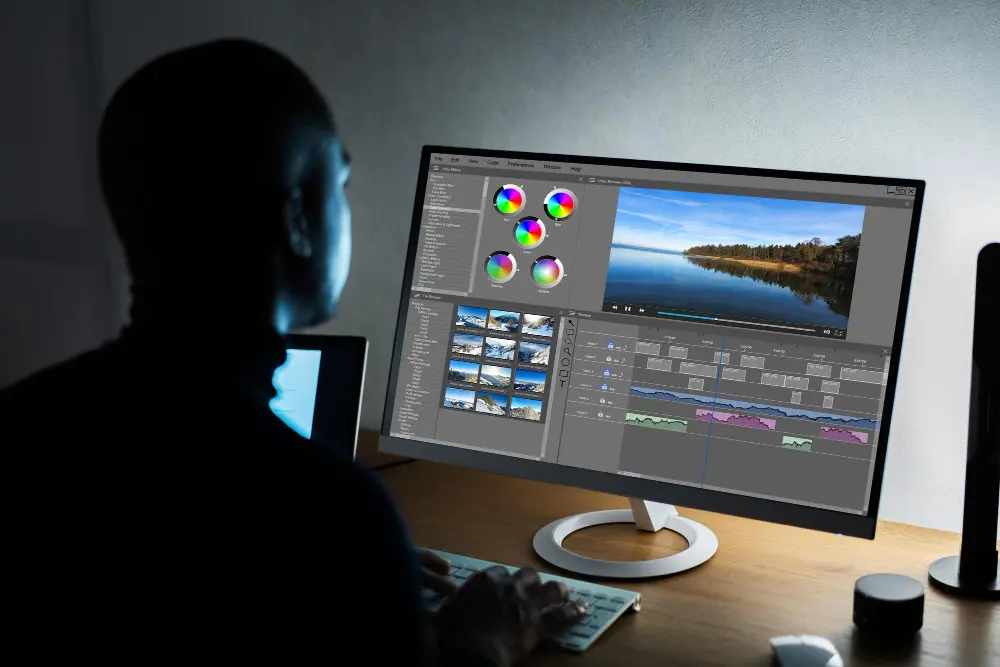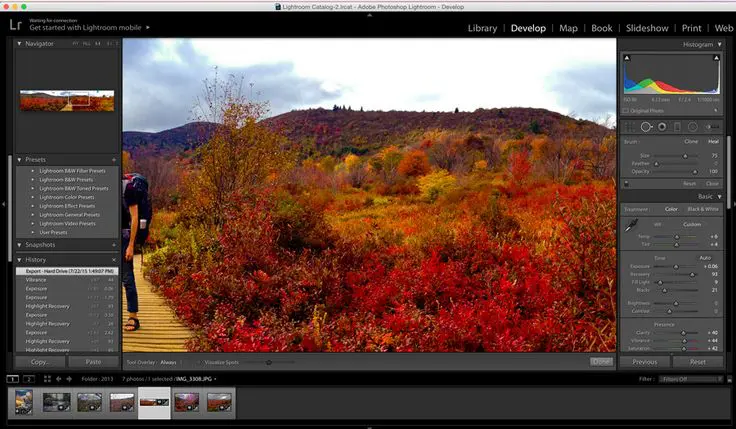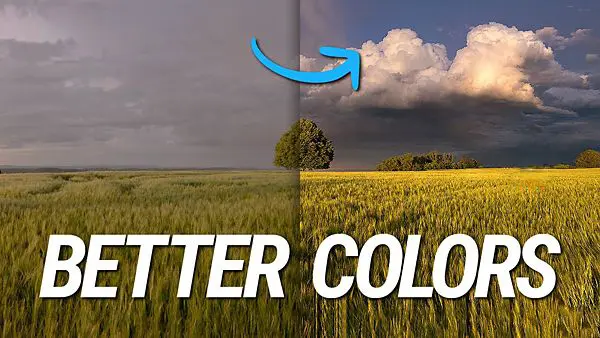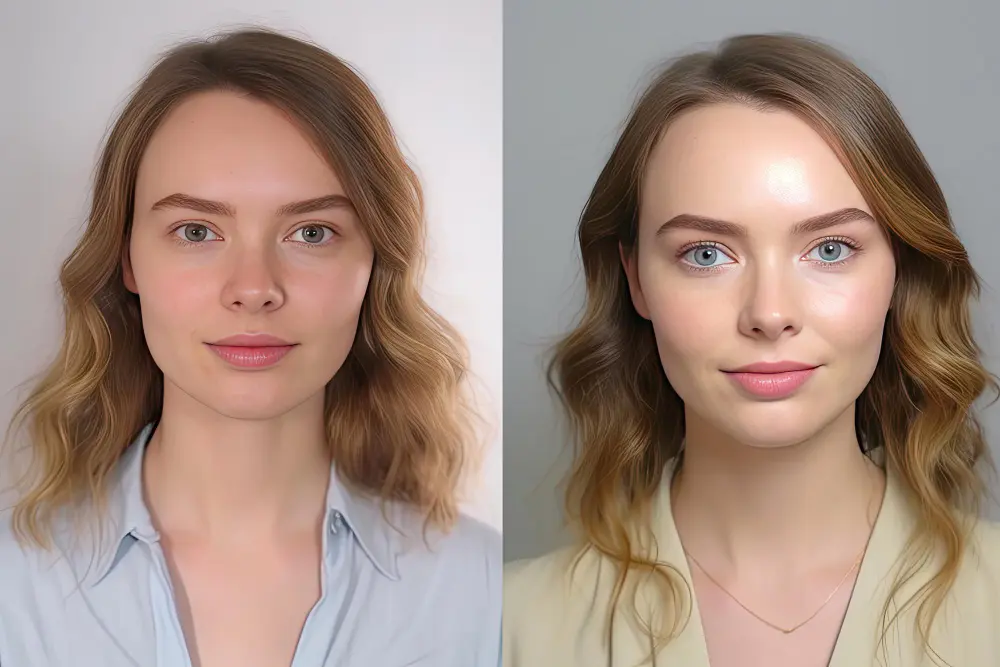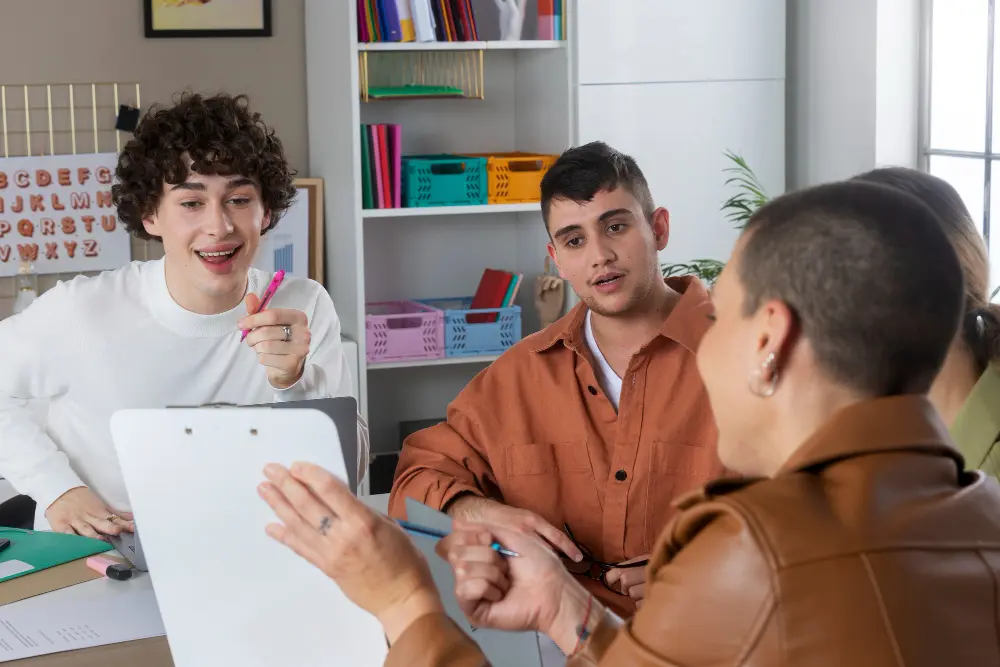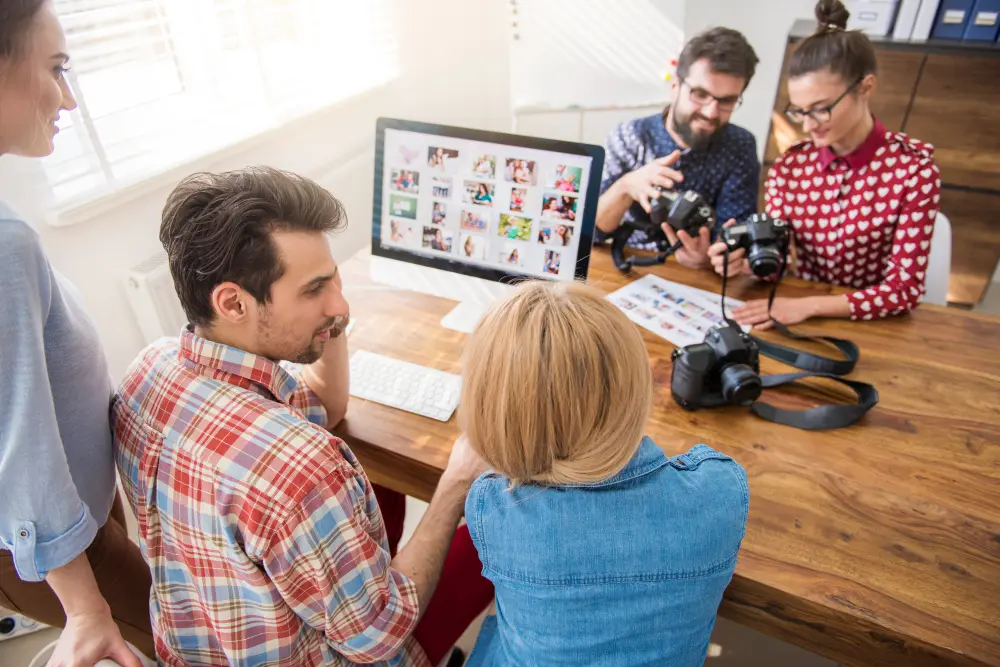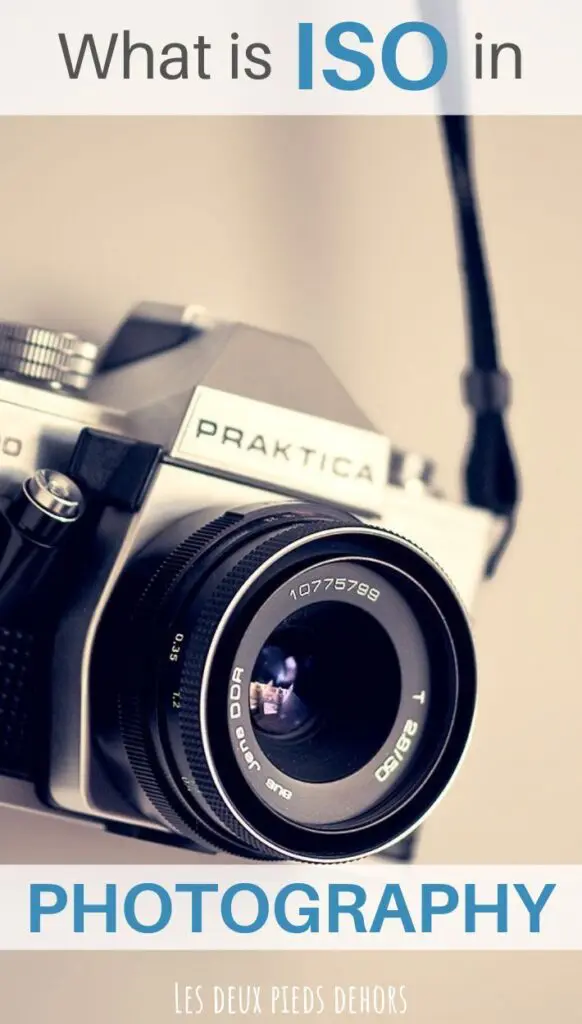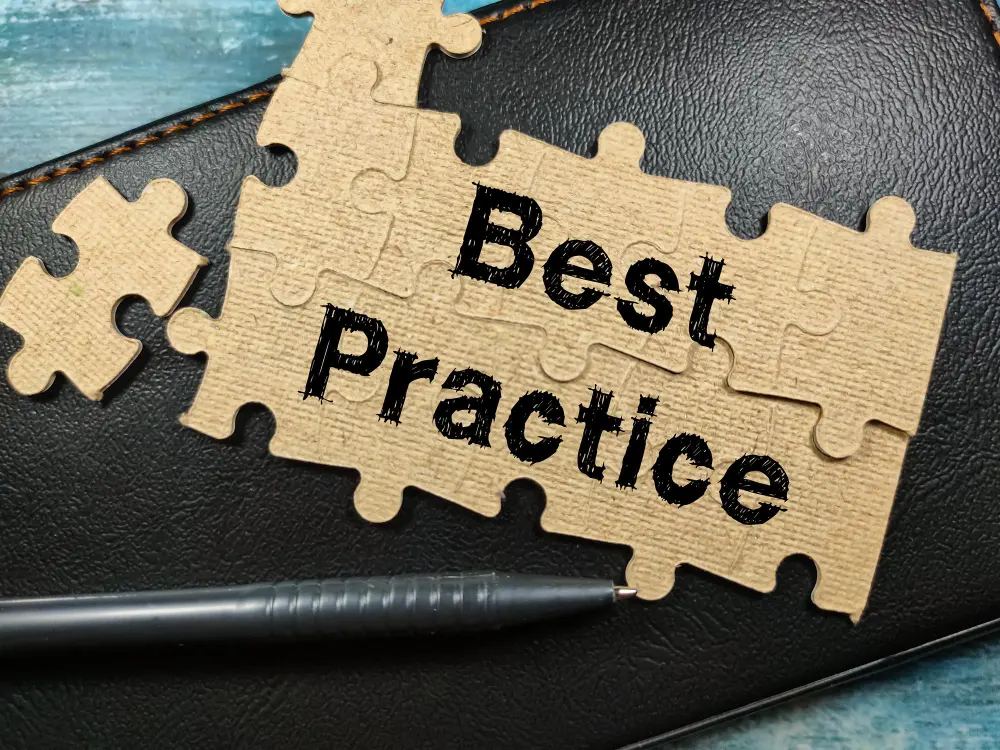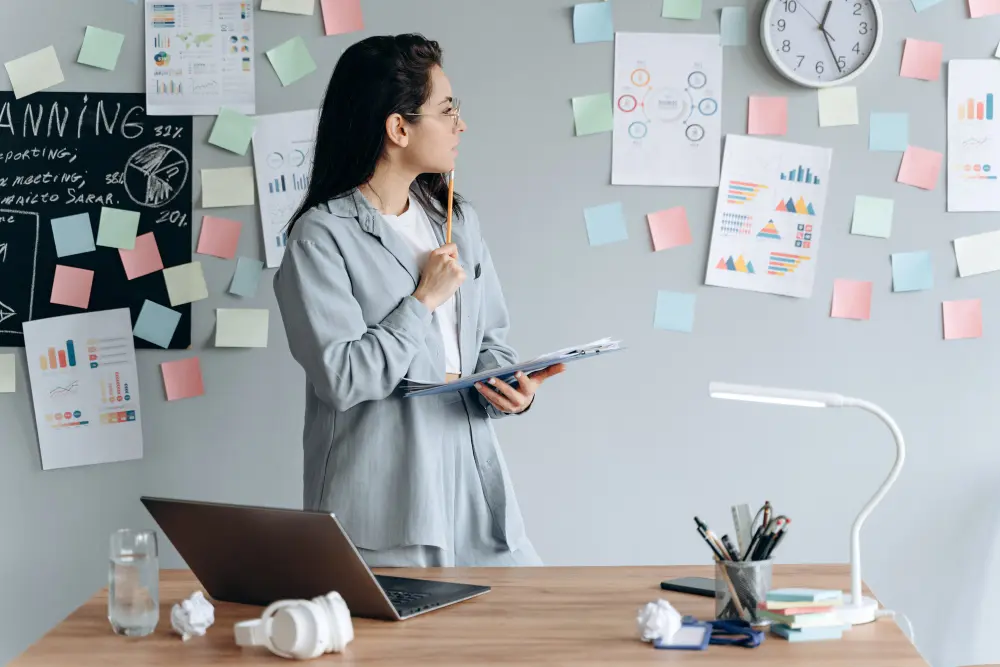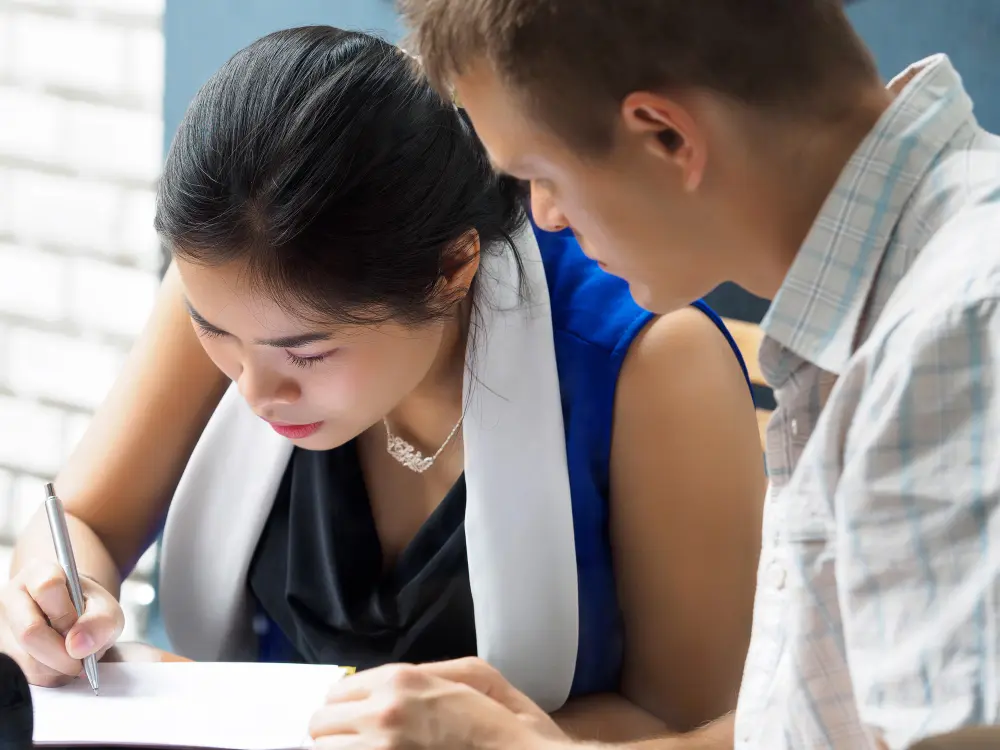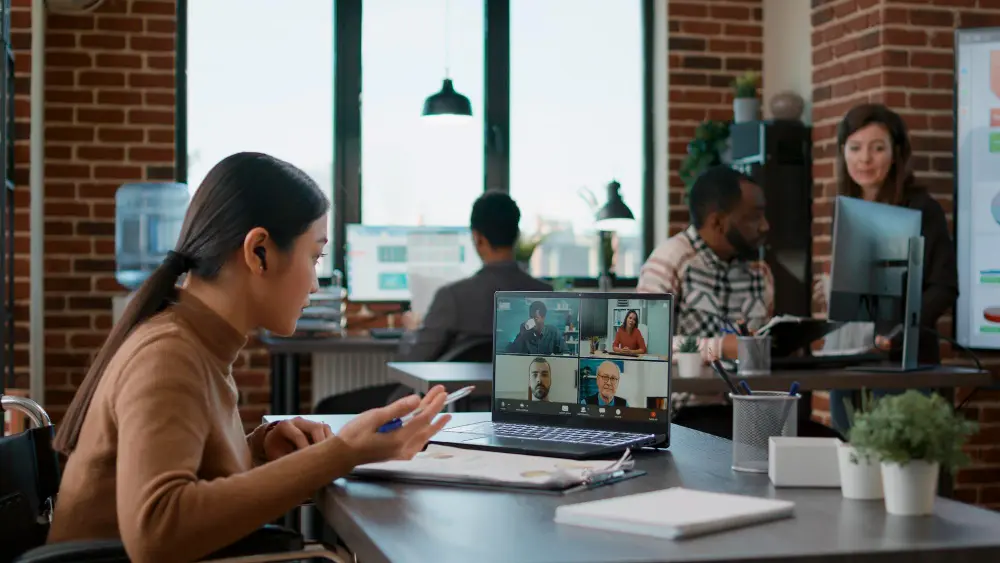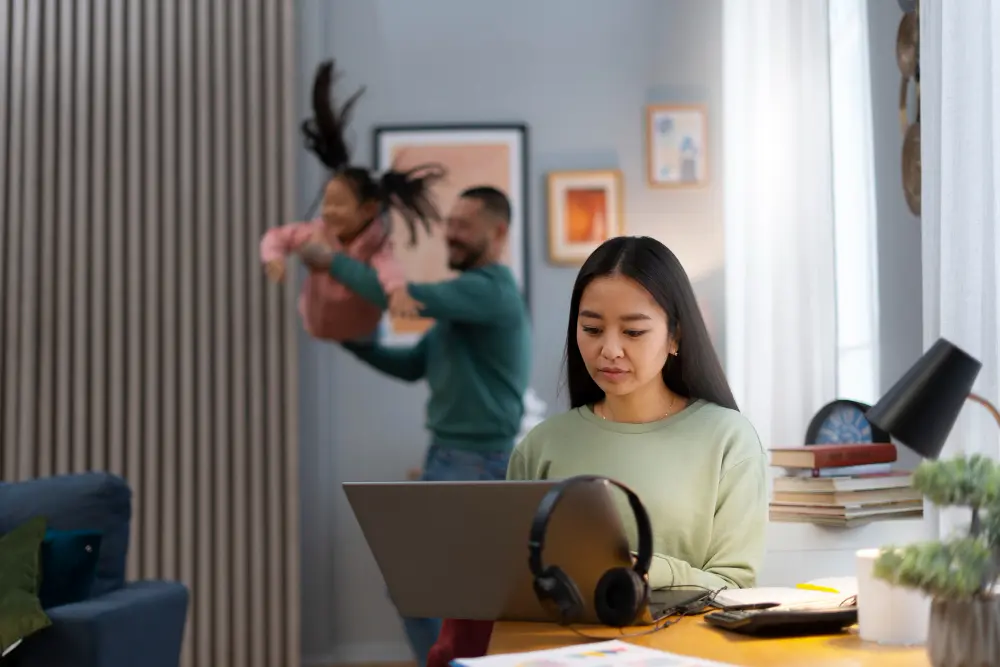Get ready to kick-start your workflow into high gear! Photo editing AI is the game-changer you've been waiting for. Boost efficiency, reduce errors, and unleash your creativity with just a few clicks!
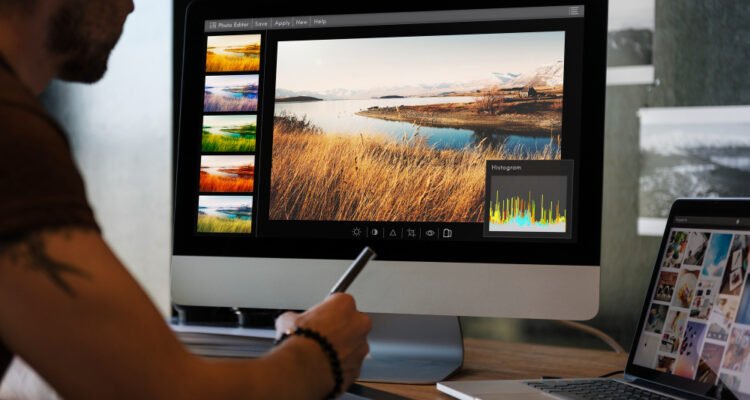
How to Become a Professional Photo Editor: Tips and Guide
If you’re interested in becoming a professional photo editor, this guide is for you. We’ll cover important editing tips, essential skills, and ways to improve as a top photo editor.
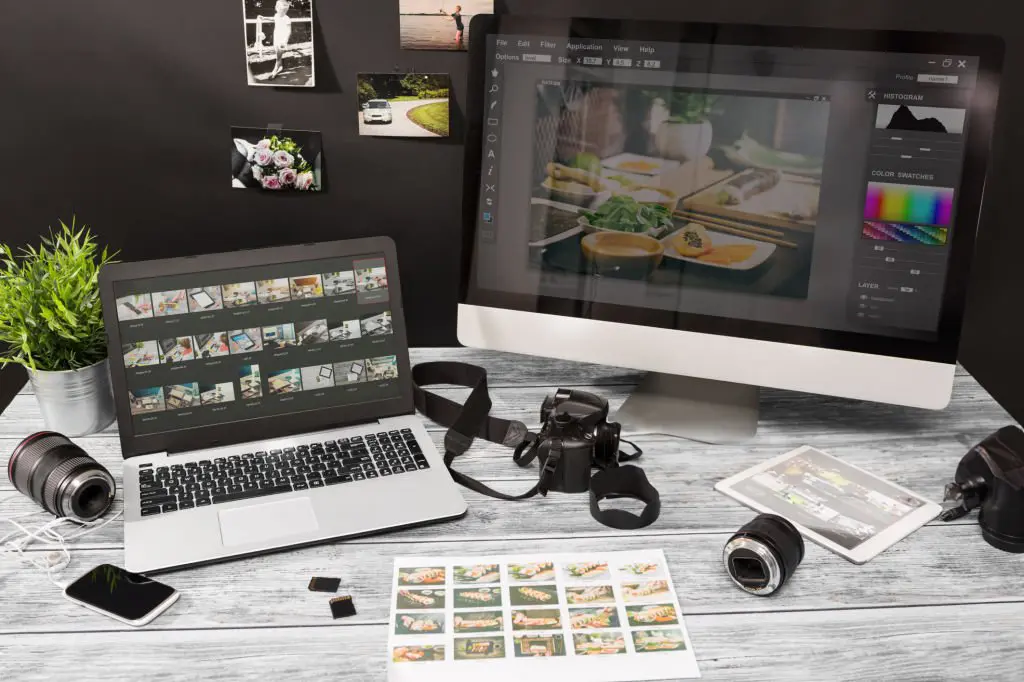
What exactly does the role of a professional photo editor entail?
Choosing the Right Images

A photo professional photo editor often begins by sorting through a collection of photos to select the best ones for a project. This requires a keen sense of quality and an understanding of the project’s goals. A good photo editor can quickly identify images with potential and those that won’t meet the client’s needs.
A professional photo editor with a professional photo editing skills is responsible for selecting, editing, and enhancing photos. They edit various images, like portraits and landscapes, using different tools to get the desired result. A photo editor must have a good eye for detail, be creative, and have excellent technical skills.
Editing for Different Mediums
professional photo editors must adapt their techniques based on the medium where the photo will be displayed. Editing for print, for example, can be quite different from editing for digital platforms. Each medium has its own set of requirements and limitations that the editor needs to account for.
Managing Workflows
Efficiency in managing editing workflows is vital. Professional photo editors must be adept at organizing their tasks to meet deadlines while maintaining high-quality work. This involves working with photographers, designers, and others to ensure smooth and effective editing.
Essential Editing Tips Every Professional Photo Editor Should Know
Tip #1: Understand Color Theory
Color theory is the study of how colors work together and the emotions and moods they evoke. As a professional photo editor, you must understand color theory to effectively enhance and manipulate colors in photos.
The Color Wheel and Its Importance
The color wheel, consisting of primary, secondary, and tertiary colors, is an essential tool for understanding color theory. Complementary colors, located opposite each other on the color wheel, create contrast and make photos visually appealing. Analogous colors, located next to each other, create harmony and are commonly used in portrait photography.
Emotional Impact of Colors
Colors can evoke specific emotions and set the mood of a photograph. For instance, blue can convey calmness or sadness, while red can signify passion or danger. Understanding the psychological effects of colors can help professional photo editors enhance the narrative of an image.
Color Grading for Style
Color grading enhances the color of videos or images. It is often used to create a visual tone or mood in films and photography. Professional photo editors should master color grading to give their images a unique and professional look.
Tip #2: Master Composition Techniques
Composition refers to how the elements in a photo are arranged. A well-composed photo is visually pleasing and effectively conveys the intended message. As a professional photo editor, you need to have a keen eye for composition and grasp various techniques to achieve it.
Understanding the Rule of Thirds
The rule of thirds is a commonly used composition technique where the subject is placed at one of the intersecting points on a grid. This creates a more visually appealing photo compared to centering the subject. Knowing how to apply this rule can significantly enhance the composition of an image.
Using Leading Lines
Leading lines are a structural technique that guide the viewer’s eyes towards the main subject of the photo. They can be straight or curved, and can be found in both natural and urban environments. A professional photo editor should look for and enhance these lines to create a strong visual impact.
Balancing Elements in the Frame
Balance in a photograph can be symmetrical or uneven, and achieving it is key to a pleasing composition. Professional photo editors need to balance elements in a frame to maintain visual harmony, unless aiming for an intentional effect.
Tip #3: Use Editing Tools Effectively
As a Professional photo editor you must have a good understanding of editing tools and how to use them effectively. Familiarize yourself with tools such as exposure, contrast, saturation, and white balance, which are commonly used to enhance photos.
Getting to know With Basic Adjustments
Basic adjustments like exposure, contrast, and saturation are the building blocks of photo editing. Understanding how to fine-tune these elements can dramatically improve the quality of a photo. It’s essential to start with these basics before moving on to more complex techniques.
Utilizing Advanced Tools
For advanced editing, tools like clone stamp remove unwanted elements, while layers enable changes without altering the original photo. Understanding how to use these tools will help you achieve professional results.
Non-Destructive Editing Techniques
Non-destructive editing involves making changes to an image that preserve the original photo data. This is typically done using layers and masks in editing software. To become a professional photo editor, one should practice non-destructive techniques to ensure they can always revert to the original image if needed.
Essential Skills for Becoming a Professional Photo Editor
Creativity
Being creative is one of the most important skills for a professional photo editors. A photo editor should visualize the result and creatively enhance the photo. You must be able to think outside the box and use different editing techniques to achieve unique results.
Experimenting with Different Styles
A professional photo editor should be comfortable experimenting with various editing styles, from minimalist to surreal. Experimentation helps develop a versatile skill set and can lead to a unique style that distinguishes their work.
Visual Storytelling
Professional photo editors play a crucial role in visual storytelling. They should be adept at using visual elements to convey a story or message within a photograph. This requires a deep understanding of narrative structure and how visual components can enhance it.
Adapting to Various Genres
Different genres of photography, such as fashion, landscape, or photo documentation, require different editing approaches. A professional photo editor must be adaptable and knowledgeable about the conventions and expectations of various genres.
Attention to Detail
As a professional photo editor, you must have a keen eye for detail. You must be able to spot even the smallest imperfections in a photo and fix them. Attention to detail is critical when it comes to editing photos to achieve a professional-looking final result.
Spotting Imperfections

A skilled professional photo editor can promptly spot issues like dust spots, lens flares, or unwanted objects in a photo. This keen observation is vital for producing clean, polished images.
Refining Textures and Surfaces
Understanding how to refine textures and surfaces without making them look unnatural is a nuanced skill. professional photo editors should enhance details like skin texture, fabric, or natural elements practically.
Precision in Cropping and Framing

Cropping and framing are powerful tools for improving composition and directing focus. professional photo editors should practice cropping with precision to enhance the overall impact of the image without compromising its integrity.
Technical Skills
Editing software

A professional photo editor must have excellent technical skills. You must have a good understanding of editing tools and software such as Adobe Photoshop, Lightroom, and Capture One. Familiarize yourself with the different features and shortcuts to improve your efficiency.
Mastery of Editing Software
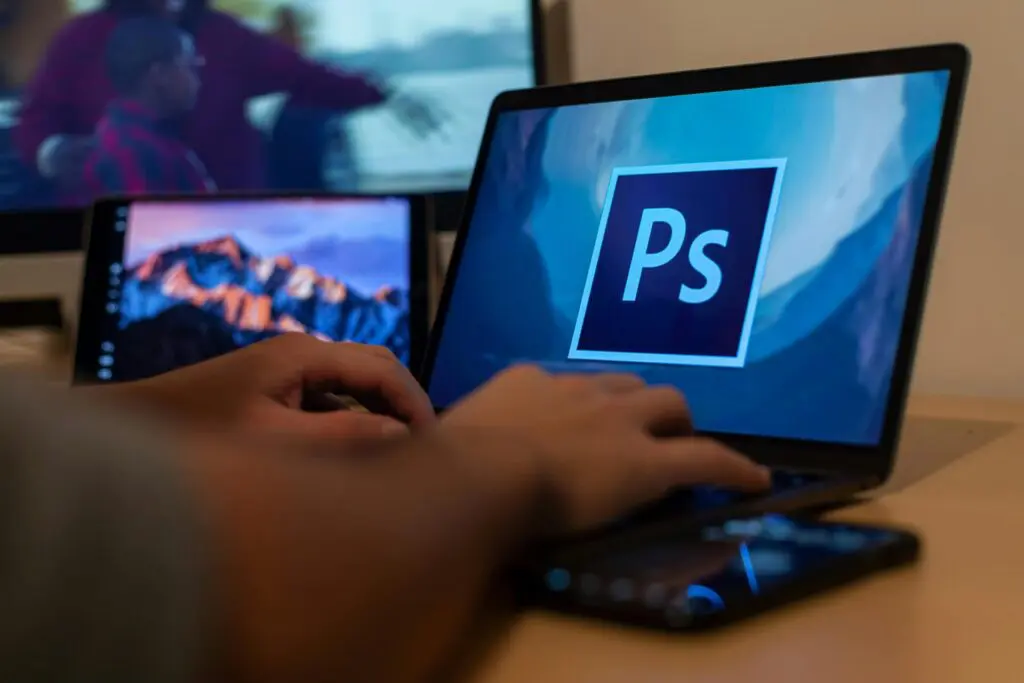
A deep understanding of photo editing software is essential for professional photo editors. This involves understanding advanced features, plugins, and troubleshooting common editing issues.
File Management and Organization
Efficient file management and organization are critical for a smooth workflow. professional photo editors need a system for file organization, backup, and version control for security and entry.
Understanding Digital Image Formats
Different image formats serve different purposes. professional photo editors need organized file systems for security and admission.
Communication Skills
Communication is key when working with clients, photographers, and other team members. A professional photo editor must be able to effectively communicate their ideas and receive feedback to achieve the desired result. Strong communication skills will also help you understand the client’s needs and make necessary adjustments.
Conveying Visual Concepts
Photo editors must be able to discuss visual concepts clearly and effectively. This can involve explaining editing decisions and offering creative solutions that align with the client’s vision.
Collaborating with a Team
Many photo editing projects involve collaboration with a team, which can include photographers, designers, art directors, and marketing specialists. Photo editors must collaborate effectively within teams, leveraging expertise and understanding others’ roles.
Navigating Client Feedback
Receiving and integrating feedback is a regular part of a photo editor’s job. Understanding and navigating client feedback is crucial for delivering exceptional final products.
How to Develop Your Photo Editing Skills
Take Photography Courses
Understanding photography will help you become a better photo editor. By taking photography courses, you’ll learn about composition, lighting, and other techniques used to capture great photos. Understanding photographers’ goals makes enhancing their work easier.
Learning the Fundamentals
Photography courses often start with the fundamentals, such as understanding exposure, aperture, and shutter speed. Knowing these basics is essential for photo editors, as it affects how they approach editing.
Exploring Different Genres
Diverse photography courses help grasp different editing needs per genre. Whether it’s fashion, landscape, or street photography, gaining exposure to different styles is beneficial.
Developing an Eye for Photography
Courses can also help you develop an artistic eye for photography. This includes learning how to see light, color, and composition, which are all critical for photo editing.
Practice, Practice, Practice
As is often stated, consistent practice leads to excellence. As you continue to edit photos, your skills will improve. Try editing different types of photos, experiment with different editing styles, and use various tools to develop your skills. You can also challenge yourself by editing photos with specific requirements, such as a certain theme or color palette.
Building a Diverse Portfolio
Practicing on a wide range of photos allows you to build a diverse portfolio. This is important when showcasing your skills to potential clients or employers, as it demonstrates your flexibility and expertise.
Experimenting with Personal Projects
Personal projects can be a playground for creativity and experimentation. Personal projects foster growth and innovation by enabling experimentation outside client constraints.
Seeking Out Challenging Projects
Deliberately seeking out challenging projects can push your skills to new levels. This might include intricate composites, thorough retouching, or enhancing low-quality images.
Get Feedback
As a photo editor, you must be open to feedback. Share your work with other editors and photographers and ask for their opinion. They may offer valuable insights that will help you improve your skills. You can also join online communities and forums to get feedback from a wider audience.
Learning from Critiques
Constructive criticism is a powerful tool for improvement. Embrace critiques from experienced editors and photographers and use them to refine your techniques and approach to editing.
Participating in Online Communities
Online communities are great for connecting with fellow photo editors and photographers. Participating in discussions, challenges, and feedback sessions can help you gain new perspectives and improve your work.
Utilizing Social Media for Feedback
Social media platforms can serve as a place to showcase your work and receive feedback from a broad audience. Engage with your followers and pay attention to their reactions to your work to understand what resonates with people.
Refine Your Skills as a Professional Photo Editor
Stay Up-to-Date with Trends
The photography industry is constantly evolving, and it’s essential to stay up-to-date with the latest trends. Follow blogs, YouTube channels, and social media accounts of industry leaders to learn about new techniques, tools, and styles. Attend workshops, webinars, and conferences to stay informed about emerging trends and technologies in photo editing.
Network with Other Professionals
Networking is crucial for advancing your career as a professional photo editor. Attend industry events, join professional organizations, and connect with other professionals in your field. Building relationships with photographers, designers, and potential clients can lead to new opportunities and collaborations.
Seek Continuing Education
Investing in continuing education is important for staying competitive in the field of photo editing. Consider enrolling in advanced courses, workshops, or certification programs to further develop your skills and knowledge. Look for opportunities to learn from experienced professionals and industry experts.
Build Your Online Presence
Creating a strong online presence is essential for showcasing your work and attracting potential clients. Develop a professional website or portfolio showcasing your best work, and regularly update it with new projects. Share work on Instagram, Facebook, LinkedIn to engage followers and network with peers.
Market Yourself Effectively
To succeed as a professional photo editor, you need to effectively market your services to potential clients. Develop a clear and compelling brand message that highlights your unique skills and expertise. Create marketing materials such as business cards, brochures, and online advertisements to promote your services. Consider offering special promotions or discounts to attract new clients and generate interest in your work.
Provide Exceptional Customer Service
Delivering exceptional customer service is crucial for building long-term relationships with clients and earning repeat business. Respond promptly to client inquiries, communicate clearly, and aim to surpass their expectations in every project. Creating a positive experience fosters client loyalty and generates referrals for future projects.
Conclusion
Becoming a professional photo editor requires a combination of technical skills, creative talent, and dedication. Follow these tips to excel in this dynamic field with confidence and expertise. Continuous learning, practice, and networking are crucial for success whether you’re starting or advancing as a photo editor. With passion and determination, you can succeed as a photo editor, bringing your creative ideas to life.

